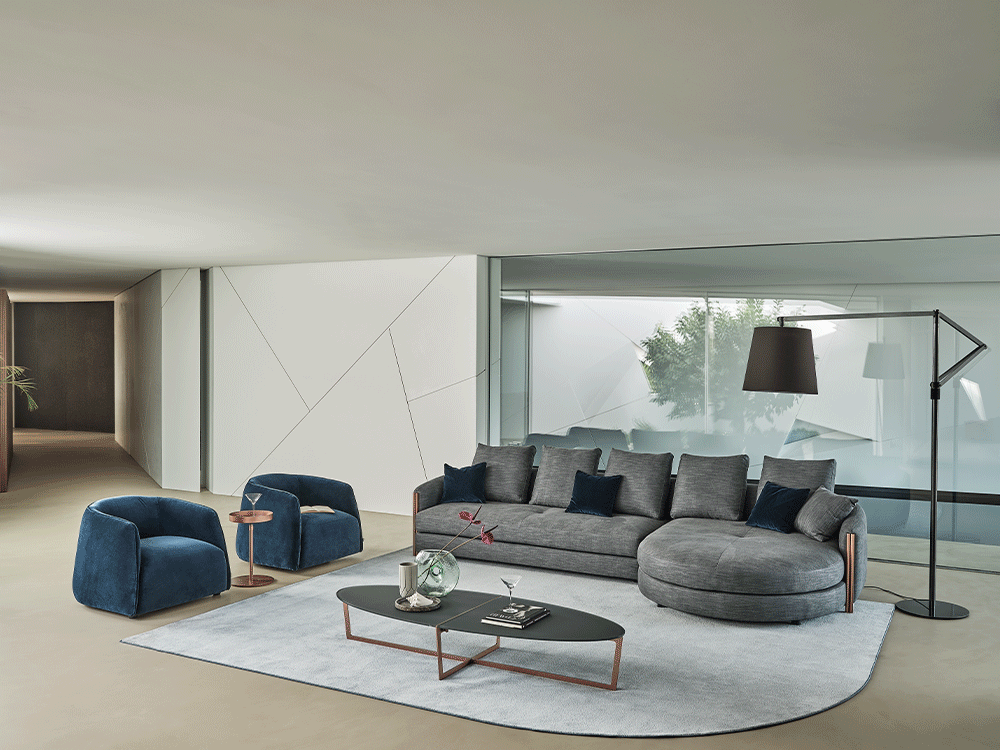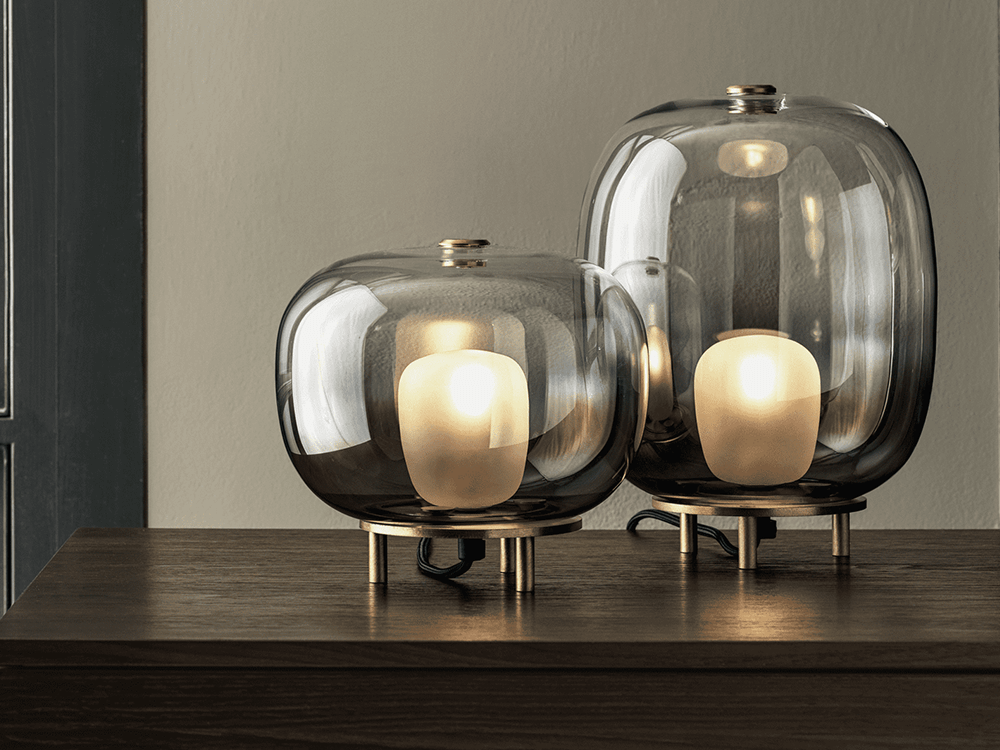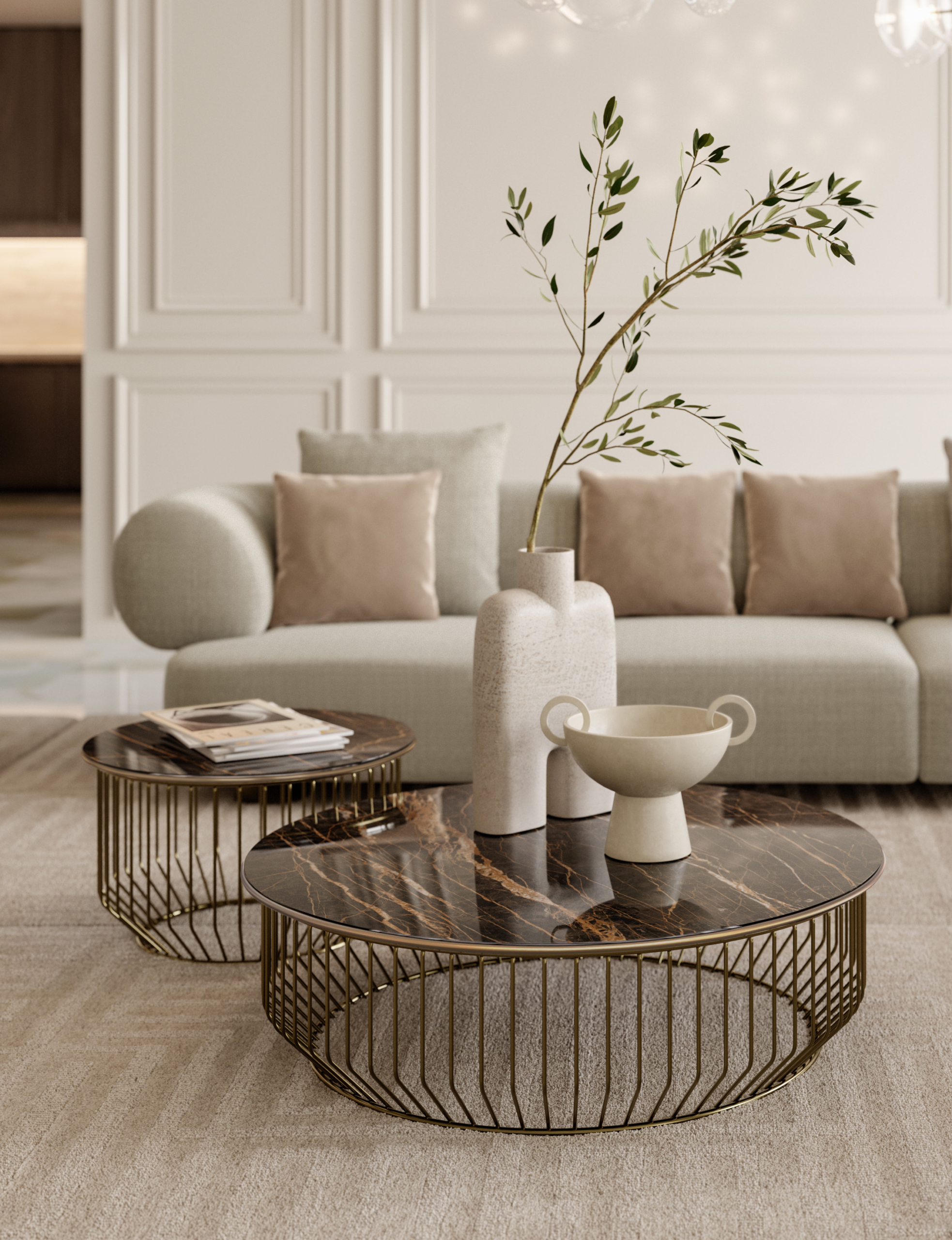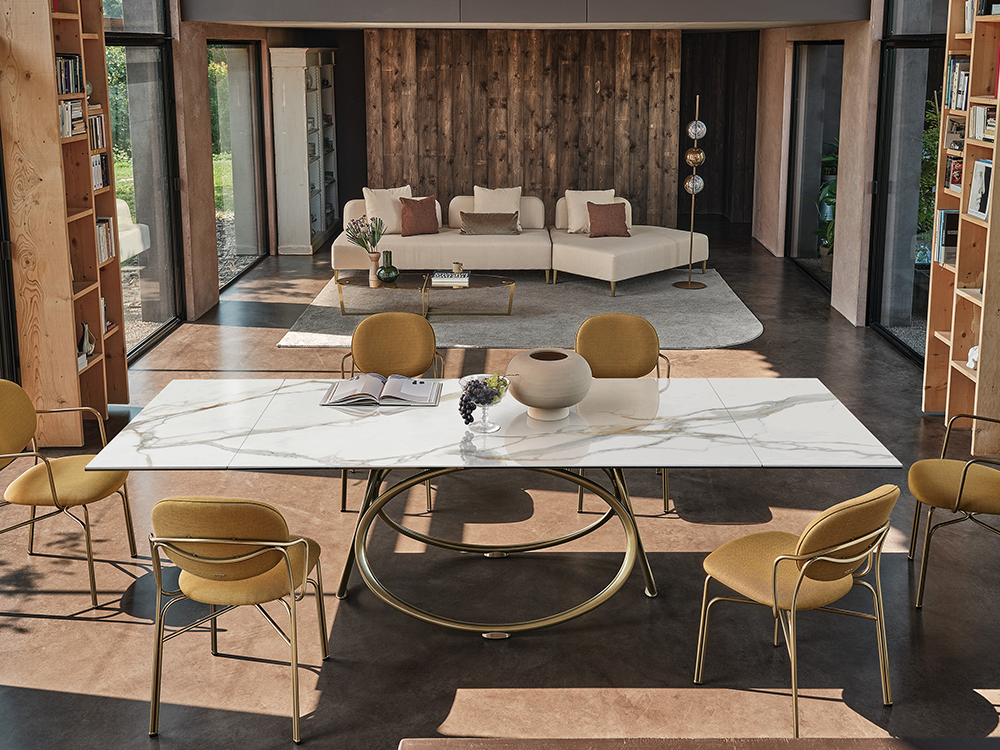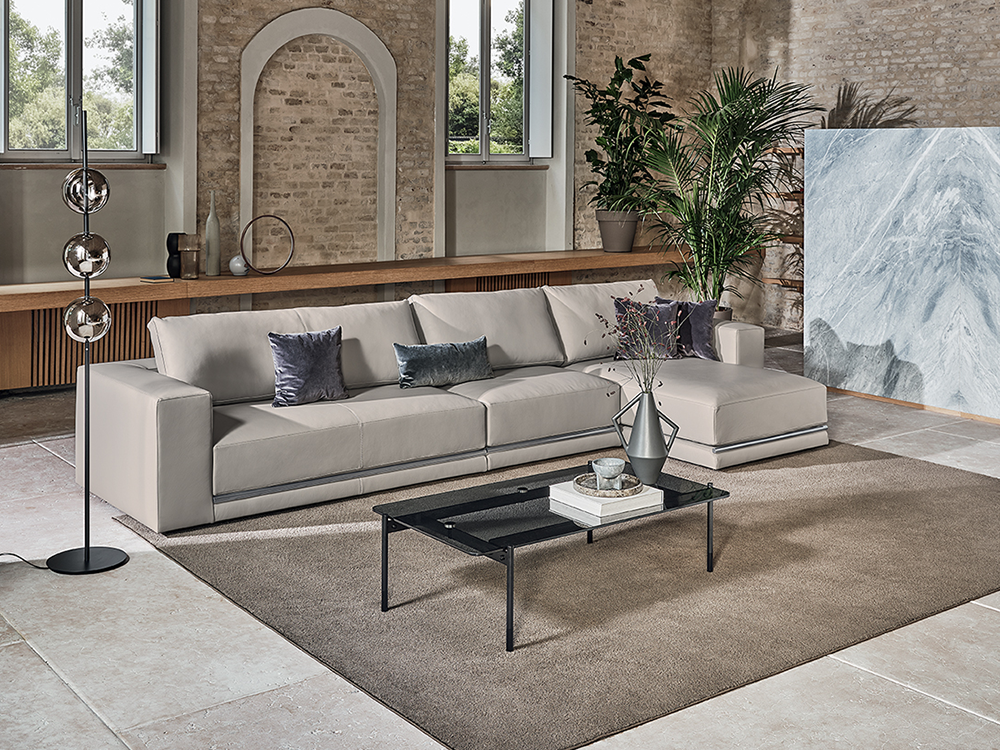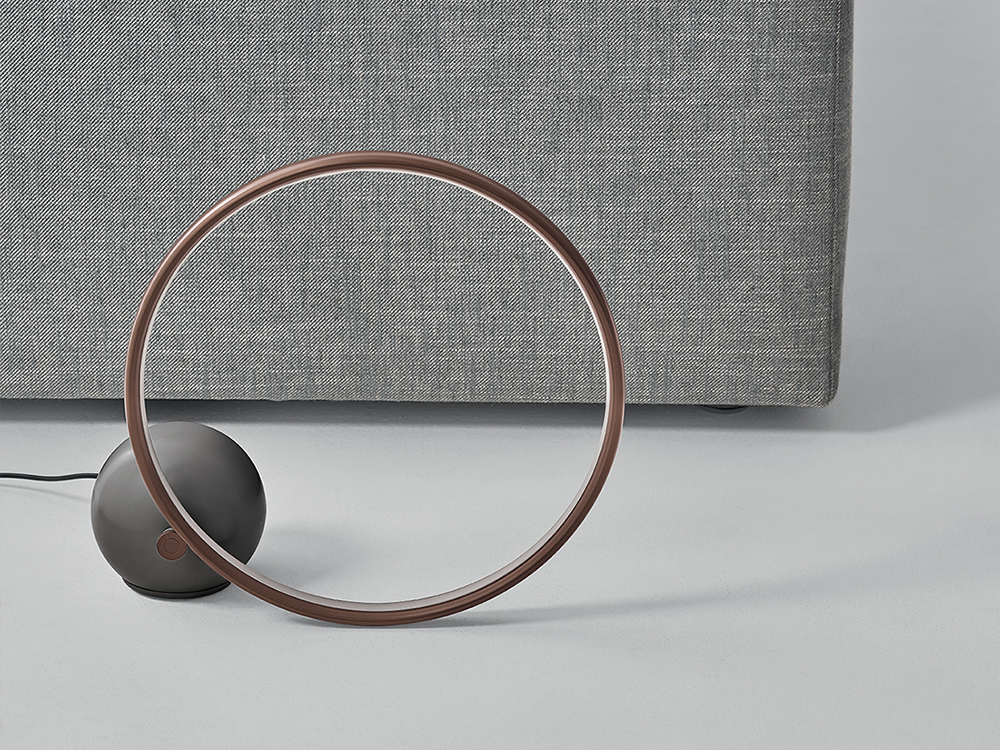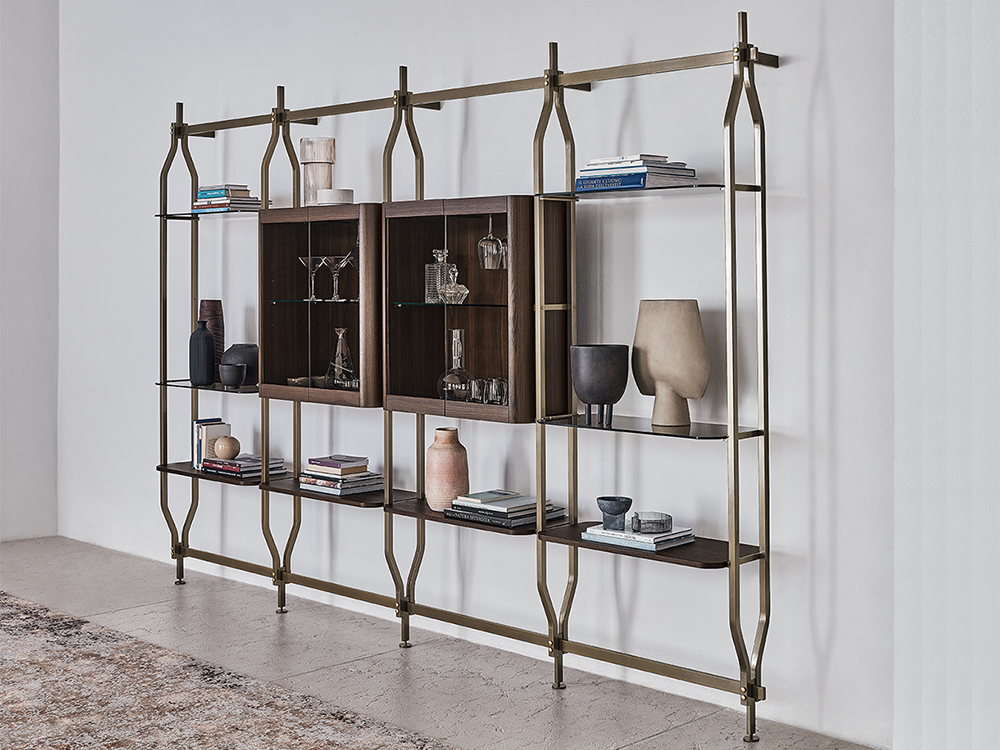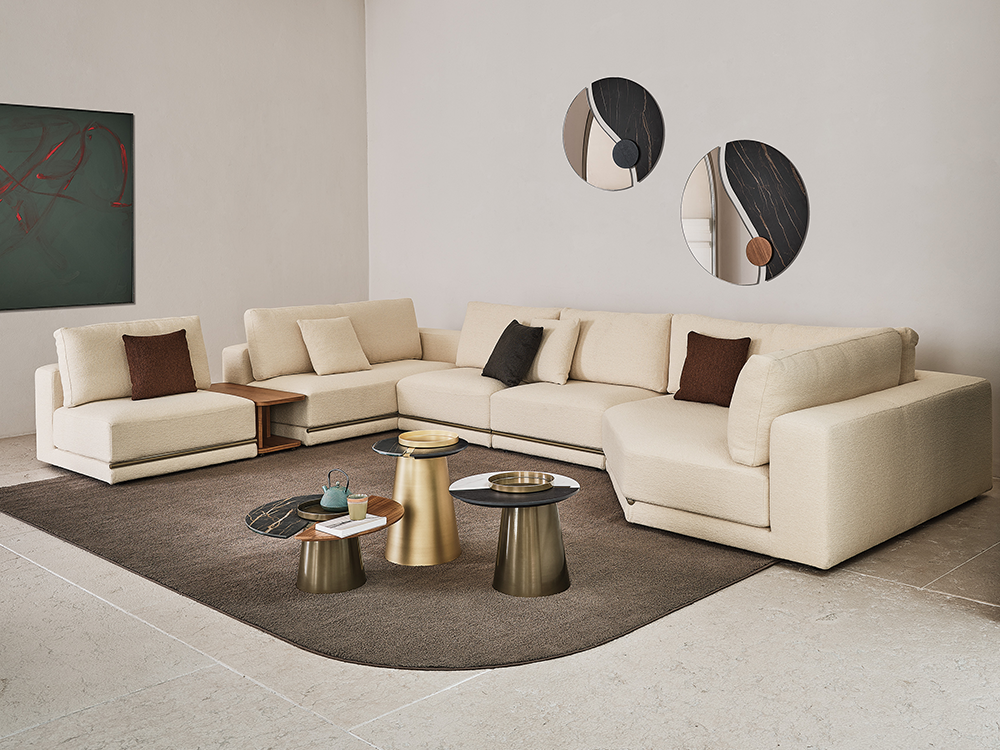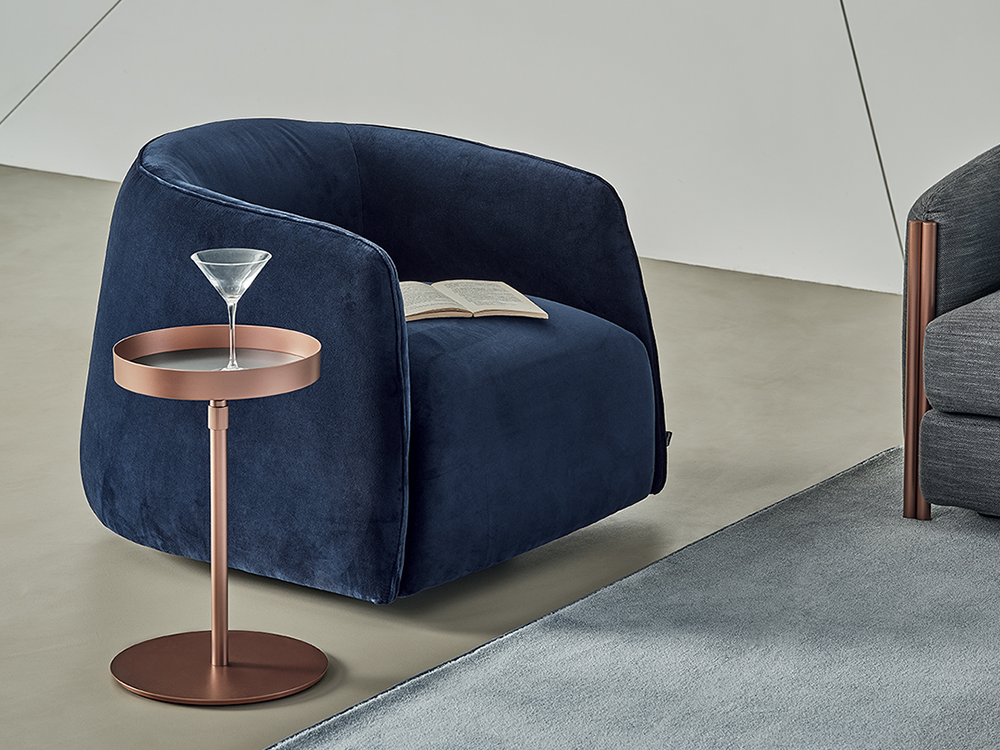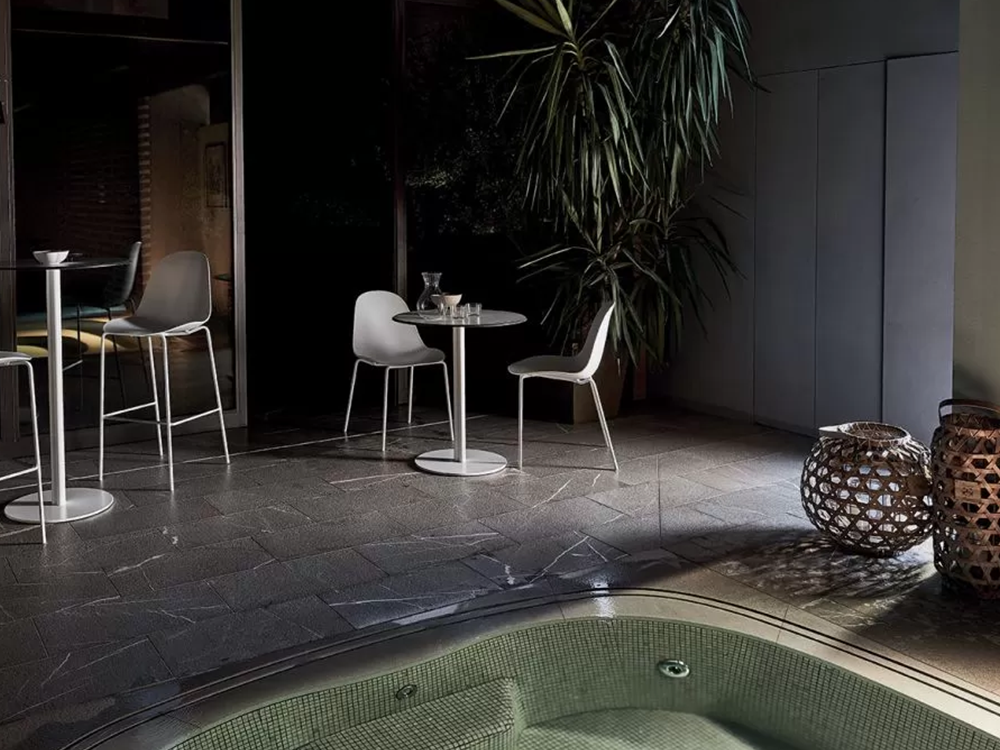Scandinavian style is certainly topical and inspiring in home furnishing: instinctively, it creates an atmosphere of peace, order and cosiness. And it does so by placing great emphasis on natural light, which blends in with the general glow of the furnishing components.
Scandinavian style is certainly topical and inspiring in home furnishing: instinctively, it creates an atmosphere of peace, order and cosiness. And it does so by placing great emphasis on natural light, which blends in with the general glow of the furnishing components. Scandinavian style also conveys familiarity, thanks to typically Nordic values such as protection and sustainability. This style became very popular in the early 2000s. Initially, it was interpreted as a tendency to get rid of the superfluous, favouring essentiality in the quantity of furniture and its form.
What is meant by Nordic or Scandinavian style
The birth of the so-called Scandinavian style is not easy to pin down to a specific era: it tends to be traced back to the end of World War II, when Europe was flooded with a common desire for innovation and modernity. In the Scandinavian countries(Denmark, Sweden and Norway), this trend led to the creation of a new generation of designers, who gave importance to shapes, the natural characteristics of materials and their functionality. Scandinavian style has its roots in northern European countries, which are characterised by very cold winters and low daylight hours. Precisely for this reason, white – the luminous colour par excellence – is used extensively for walls and furniture elements. In addition, the prevalence of white helps to make spaces seem larger, which should not be underestimated if one wants to furnish a small living room.
How to furnish in Nordic style, choosing the right materials
Scandinavian furniture is not just a style, it is a philosophy of life. Brightness, simplicity, lightness and warmth are the basis for the choice of materials, which must be largely natural. This stems from the strong connection with nature that is typical of Nordic people and the pleasure they derive from spending time outdoors, despite the harsh climate. Wood is master of the scene: always present, and always in a natural finish. Scandinavians are also very sensitive to ecology: they pay great attention to recycling, to using materials that are not harmful to the environment. And this also applies to furniture, which is characterised by furniture made using green methods.
Nordic style furniture: every room has its own rules
Within a home, each room must be interpreted in its own way.
Hall. One cannot do without the coat rack, strictly in light wood and with a minimal line.
The same applies to the console cabinet.
Living room. The floor will certainly be parquet, preferably white. The wooden table, combined with modern design chairs. For the sofa, soft shades and upholstery in cotton or other natural fibres are preferred. A perfect example of harmony between structure and form is the Bonnie sofa by Bontempi: its decorative details, consisting of stitching in the seat and the two front metal tubes, match the rigour of Scandinavian style.
Kitchen. Again, priority is given to light wood or total white, to be combined with a table and chairs of the same colour. Even accessories if they are visible, e.g. appliances and dishes, should be chosen in earthy colours: beige, terracotta, light green.
Bedroom. It is good to opt for a pastel colour, such as pink or sugar paper. For lovers of the genre, the combination with carpets and fur rugs is interesting.
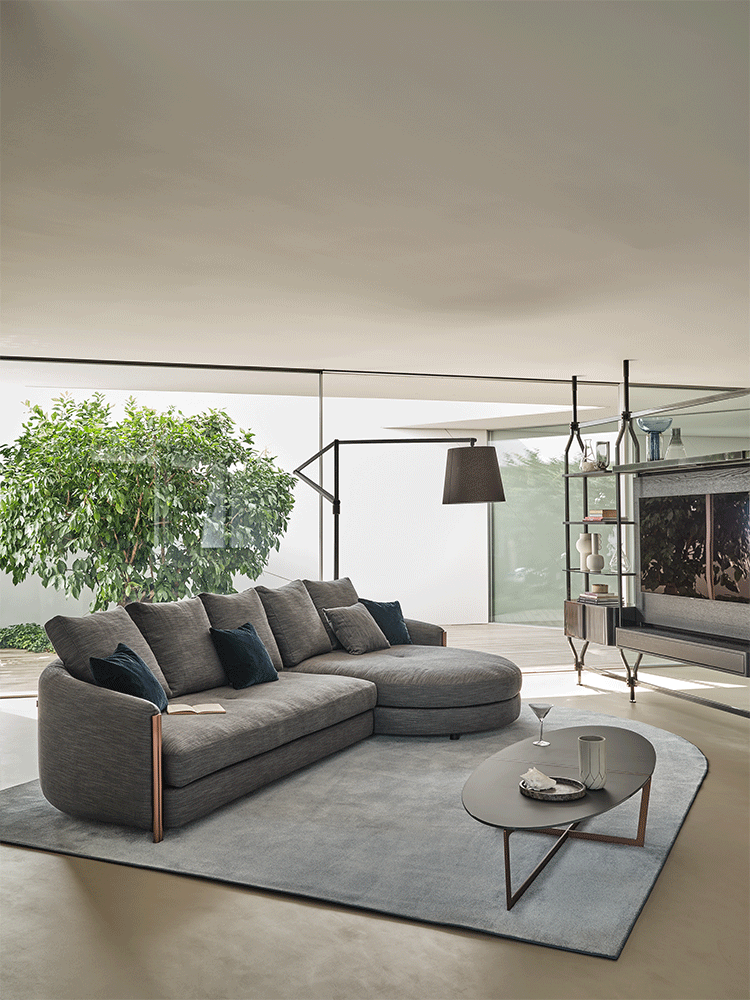
Furnishing a Nordic-style home: a guide to choosing colours
The typical colour palette of the Nordic style is based on neutral tones but it is possible to include bright colour elements, provided they are appropriately matched. The ideal is to scatter them in small touches, choosing them for furnishings that stand out in the total white context. Basically, the colours for Scandinavian-style walls, furniture and furniture components are:
- White for purists.
- Brown in harmony with wood.
- Grey or dove grey for fans of neutral colours.
- Blue: always a symbol of elegance.
- Green in homage to nature.
- Yellow inspired by vintage Scandinavian style.
- Pink to create a delicate atmosphere.
